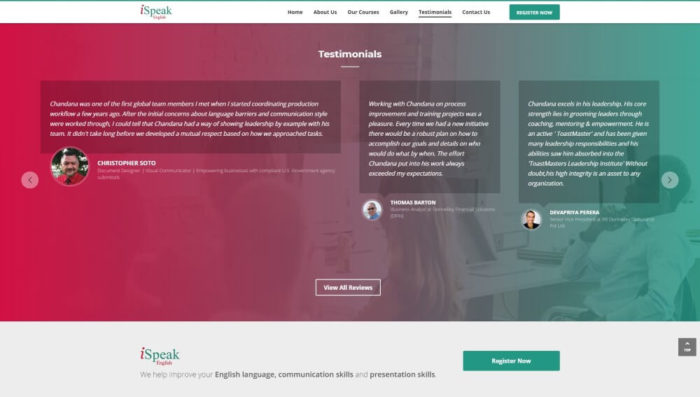

This should be enforced by SOPs for GDPs or use of the system, or by instruction in the testing protocols / test cases.
#Ispeak solutions verification
The level of verification of the true copy should be commensurate with the level of risk (i.e., if the original is easily available, or the level of regulatory oversight IQ versus PV).

This should be completed in line with “true copy principles”, and when the data is entered into the system every effort should be made to ensure:

However, in inserting original records into a digital system we must ensure that this is done in controlled manner so that the original paper record can be discarded appropriately.Difficulties associated with paper-based records such as locating hard copy documents, off site storage and recall in audits can be avoided.

This functionality allows other ALCOA++ principles to be satisfied such as:Įnduring = The data inserted electronically into a digital solution will be enduring throughout its data retention cycle, and the data will be protected against change.Īvailable = Another advantage of digital solution is that the data is available digitally at any point in the data’s lifecycle.
#Ispeak solutions series
committing the data at the end of a series of actions, which reduces the number of required signatures). Other approaches maybe configured or used, (e.g. This then would enable the audit trail functionality, so that any changes to committed data are visible. In the case of a validation test this could be once you have executed a test step and confirmed the expected result (usually at the end of each row). One common approach is, as per electronic batch records, you verify and “commit” the data upon every action, and this is where the electronic signature is applied. There can be multiple options to this in a digital solution based on the set-up /configuration of the system.
#Ispeak solutions trial
One of the main advantages of digital solutions is that data, when entered into the system, is attributed to the user automatically with an electronic time stamp, and if the data is changed in any way there is an audit trial associated with the change and who made it, and when it was made.Principles as a framework, and the questions and challenges of moving from paper-based processes to a digital solution. In this Blog we explore how these paperless tools could be used enhance data integrity practises used the ALCOA++ 1


 0 kommentar(er)
0 kommentar(er)
